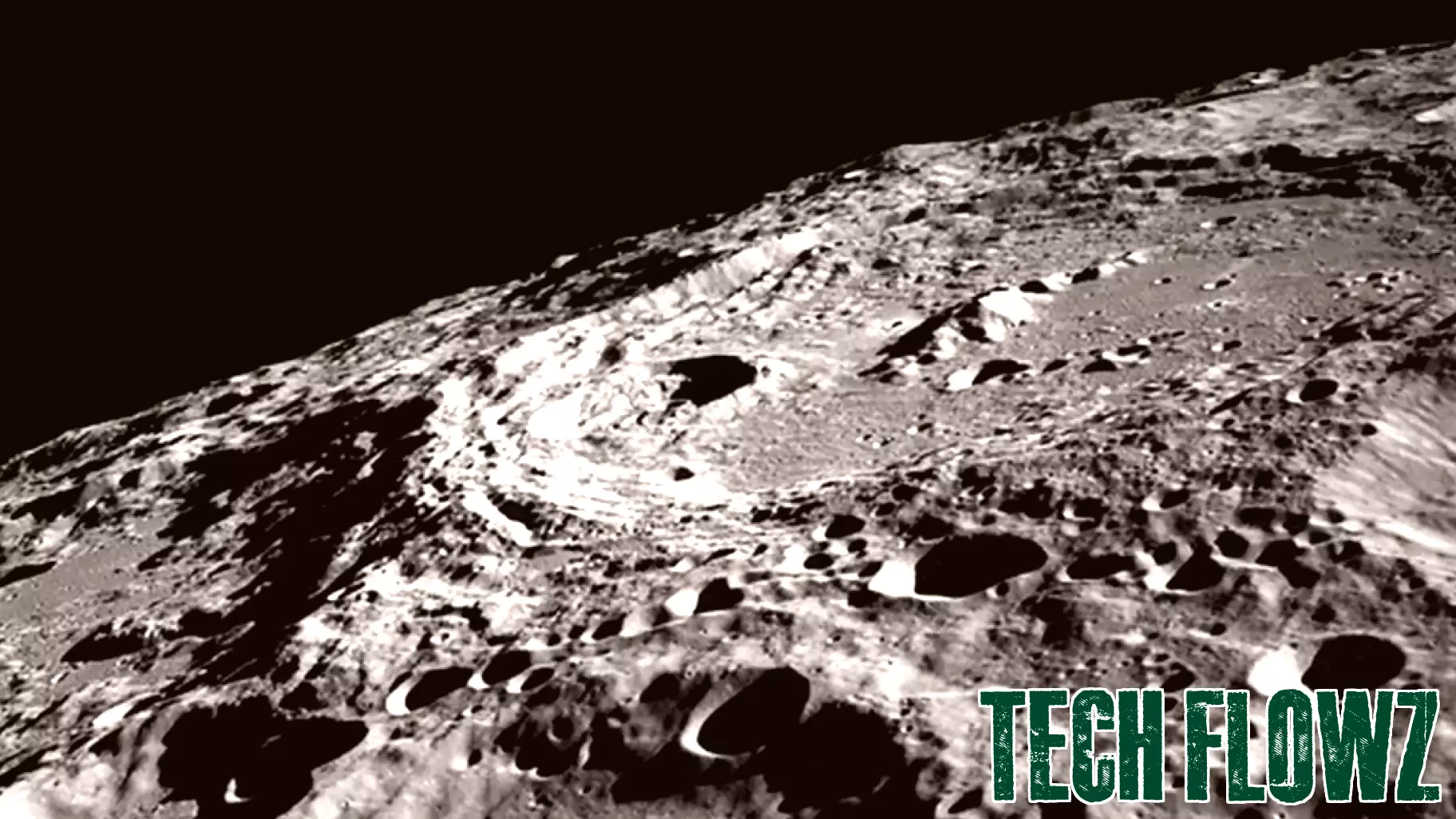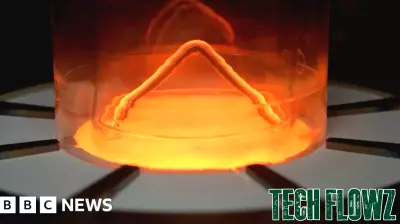NASA Showcases Advanced Precision Landing Technology
May 2, 2025 - 09:49

NASA has recently conducted a significant field test of its innovative Goddard Hazard Detection Lidar, aimed at enhancing precision landing capabilities for future space missions. This cutting-edge technology employs advanced lidar sensors to detect potential hazards on the lunar surface, allowing for safer landings of spacecraft.
During the test, the lidar system successfully identified various obstacles, including rocks and craters, simulating conditions that a spacecraft might encounter when approaching the Moon. By providing real-time data on the terrain, the system enables spacecraft to make informed decisions during their final descent, ensuring a secure landing.
This demonstration is a crucial step in NASA's Artemis program, which aims to return humans to the Moon and establish a sustainable presence there. The success of the Goddard Hazard Detection Lidar could pave the way for more ambitious missions, including potential manned missions to Mars in the future. As NASA continues to refine this technology, it holds the promise of transforming how we explore celestial bodies.
MORE NEWS

December 14, 2025 - 03:41
Controversy Surrounds Trump’s Tech Advisor Over AI InvestmentsDavid Sacks, a prominent technology and cryptocurrency advisor during the Trump administration, is currently under scrutiny due to his significant investments in artificial intelligence. Critics...

December 13, 2025 - 02:15
Alkami Unveils The Foundry: A New Hub for Tech InnovatorsAlkami Technology has launched The Foundry, an innovative platform designed to empower technology builders within the financial services sector. This new initiative aims to foster collaboration and...

December 12, 2025 - 07:38
The Rare Craft of Creating Cadmium Zinc TellurideCadmium zinc telluride (CZT) is a remarkable material that possesses unique properties, making it a valuable asset in various technological applications. However, the ability to produce CZT is...

December 11, 2025 - 23:42
Square 9's Office Technology Gains Recognition for Transforming Document ManagementRecent accolades from G2 and TrustRadius highlight Square 9`s significant impact on the office technology sector, particularly in enhancing document-driven workflows. These awards, categorized as...